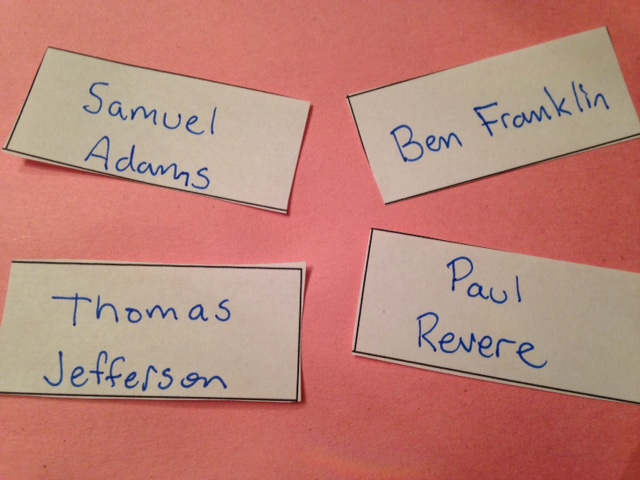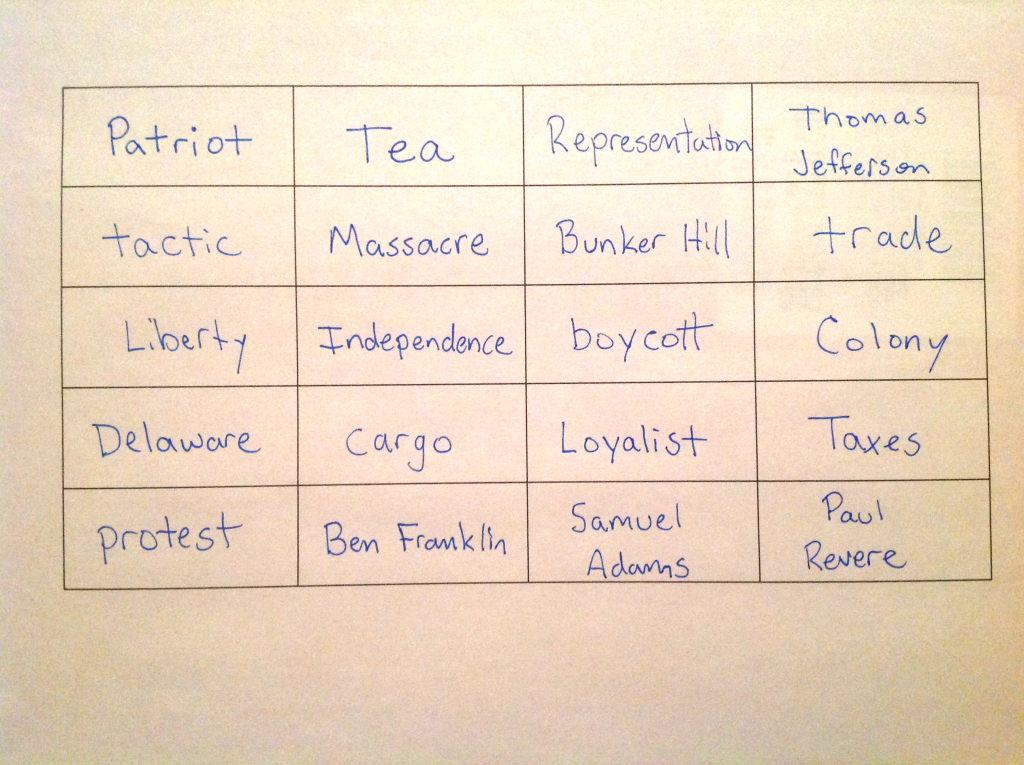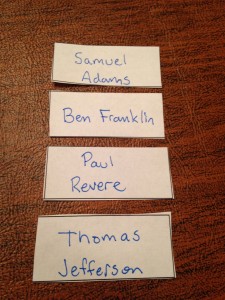Learning Lab serves as an opportunity to attain a specific strategy, lesson idea, or resource for your classroom. Everyday educators find a variety of activities that work in the classroom. #4OCF is proud to share the lessons, activities, and resources that have worked for our students. We hope that you can implement and modify these activities to meet the needs of your students.
When completing my graduate work to become an administrator, I took a course in Instructional Strategies and Models. The class was taught by a professor who was a practicing teacher, and she modeled excellent instruction on a weekly basis. At the time, I was still teaching fifth grade. One of the best instructional models that I learned about that semester was the Inductive Model. What made this model so effective was how well it engaged my fifth grade students and how it forced them to think critically about subject area content.
When students are about to read a nonfiction selection that is new to them, it is important to use some pre-reading strategies, such as teaching unknown vocabulary, or activating prior knowledge. With my students, I used an Inductive Model Grouping activity prior to reading a new non-fiction selection in science or social studies. This helped to engage students in the reading they were about to do while activating prior knowledge. The strategy is simple, yet effective. Below are the steps I used to implement the activity:
First, I would read the section I was going to ask students to read. I would highlight 15-20 key words or terms from the selection. They could be important content vocabulary terms or a term that might be unfamiliar to students. I would write each of the terms on a blank template that I created. Each word would appear on a single sheet of paper in its own box. For example, if I was teaching the American Revolution, the list of terms might look like this:
Students would then be asked to work in pairs or groups prior to the reading. Each team or group would be given a copy of the important terms. They would be asked to cut out each of the terms in order to sort and organize the key terms. Students could group according to their thinking. Some students might group certain words together because of a particular connection, while another group might have those same words organized differently. There really was no correct grouping of the words.
After students had finalized their groupings, they would need to justify their organization. This could come in the form of a simple verbal explanation, “We grouped these words together because…” or students could be asked to write down their justifications. I always asked my students to provide a one sentence explanation for each of their groups, based on the simple question, “Why did you group these words together?”
Next, I would have teams share their groupings with each other, and explain their thinking. The final step was for students to make a prediction about what they would be reading about in the non-fiction selection, based on their organization of the key terms.
Generally from the beginning of the activity to the end, it took about 20-25 minutes. The time spent was important, however, because it created an engagement in the selection that students were about to read. It introduced them to some key terms and vocabulary prior to the reading, and it helped students to think critically about what they were reading. Students also wanted to know if their prediction was right! While this simple activity can’t be done prior to every reading selection, it can help to activate some prior knowledge or produce engagement before a particularly long or difficult reading assignment. Overall, it provides an effective way to introduce a non-fiction reading selection!
In the comments section below, share your experiences implementing the activity in your own classroom, or how you have adapted the model to your subject area or specialty.
by Rich Czyz @RACzyz
Resources: Strategies and Models for Teachers: Teaching Content and Thinking Skills by Paul D. Eggen and Donald P. Kauchak. Pearson Education. 2006




